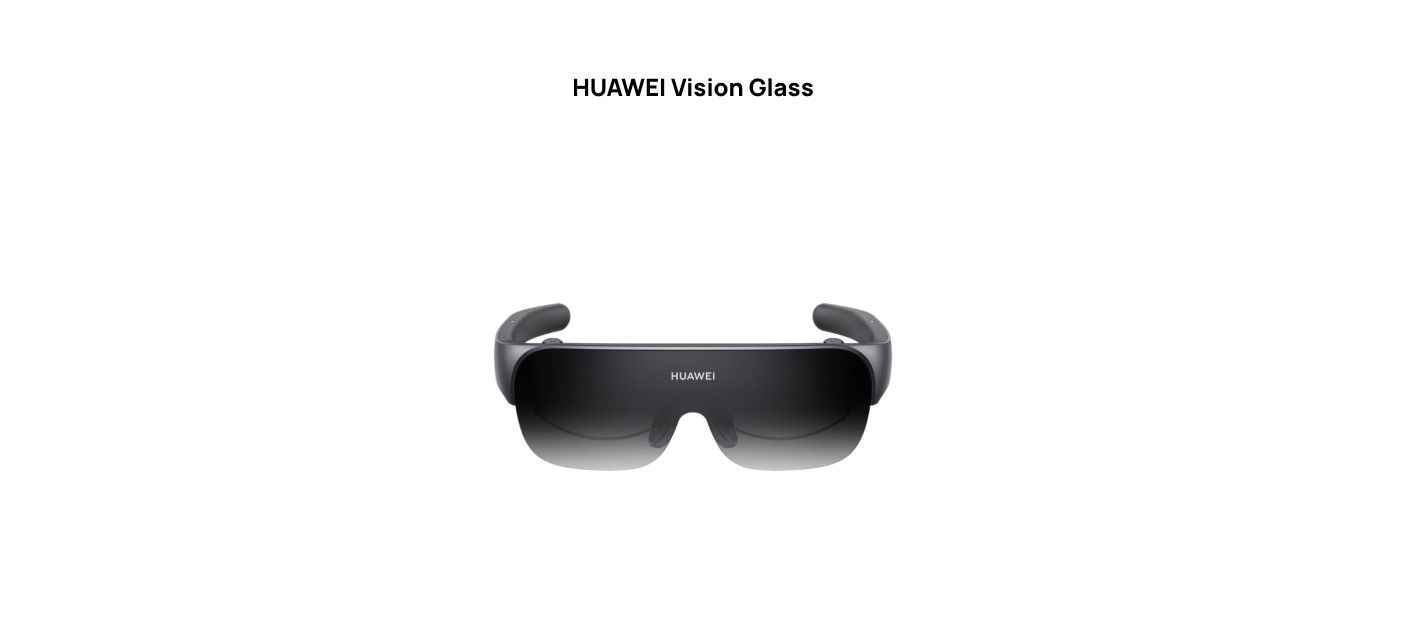Introduction
Augmented Reality (AR) is a technology that enables the overlay of virtual objects and information onto the real world. AR glasses are one of the most popular wearable devices that provide such an experience. These glasses have gained a lot of attention in recent years, and companies like Google, Microsoft, and Vuzix have invested heavily in developing AR glasses. However, the cost of these glasses is one of the biggest barriers to their widespread adoption. In this article, we will discuss the cost structure of AR glasses and the factors that affect their pricing.
Design and Development Costs
The design and development of AR glasses are one of the most significant costs in the production process. A lot of research and development goes into creating these glasses, and this involves hiring a team of engineers, designers, and software developers. The cost of designing AR glasses includes the cost of hardware components, such as augmented reality optical module, displays, cameras, sensors, and processors. It also includes the cost of developing software that enables AR experiences. These costs can be significant, and they are the primary reason why AR glasses are expensive.
Manufacturing Costs
Manufacturing AR glasses involves the production of hardware components and the assembly of these components into a final product. The cost of manufacturing AR glasses is determined by the complexity of the design and the components used. The components used in AR glasses are generally expensive, and the manufacturing process is intricate, which makes the manufacturing cost higher. Additionally, the production volume of AR glasses is relatively low compared to other electronic devices, which makes the manufacturing cost per unit higher.
Marketing and Distribution Costs
Marketing and Distribution costs are also significant factors that affect the pricing of AR glasses. These costs include advertising, promotions, and sales commissions. The marketing and distribution costs depend on the company's marketing strategy and the target market. If the company is targeting a niche market, the marketing and distribution costs will be higher. Additionally, the distribution costs depend on the distribution channels used. If the company is using a direct-to-consumer model, the distribution costs will be lower than if they are using a traditional retail model.
Conclusion
The cost structure of AR glasses is complex, and it involves a lot of factors that affect the pricing. The design and development costs, manufacturing costs, and marketing and distribution costs are the primary factors that influence the final price of AR glasses. AR glasses are still relatively new technology, and as the market grows, the cost of production is likely to decrease, which will make them more affordable for consumers. AR glasses have a lot of potential, and they offer a unique experience that cannot be replicated by any other device. As the technology advances and the cost decreases, AR glasses will become more mainstream, and we will see a lot more applications of the technology in various industries.
Read more

This is a list of Samsung smartphones that use AMOLED screen. Samsung Galaxy Z Fold Samsung Galaxy Z Flip 3 Samsung Galaxy S21 Ultra Samsung Galaxy S21+ Samsung Galaxy S21 Samsung Galaxy S20 FE Sa...

Huawei has launched its first AR glasses, the Huawei Vision Glass, which focuses on mobile travel and home scenarios. It can project a 120-inch screen in a virtual space equivalent to 4 meters away...



Leave a comment
This site is protected by hCaptcha and the hCaptcha Privacy Policy and Terms of Service apply.